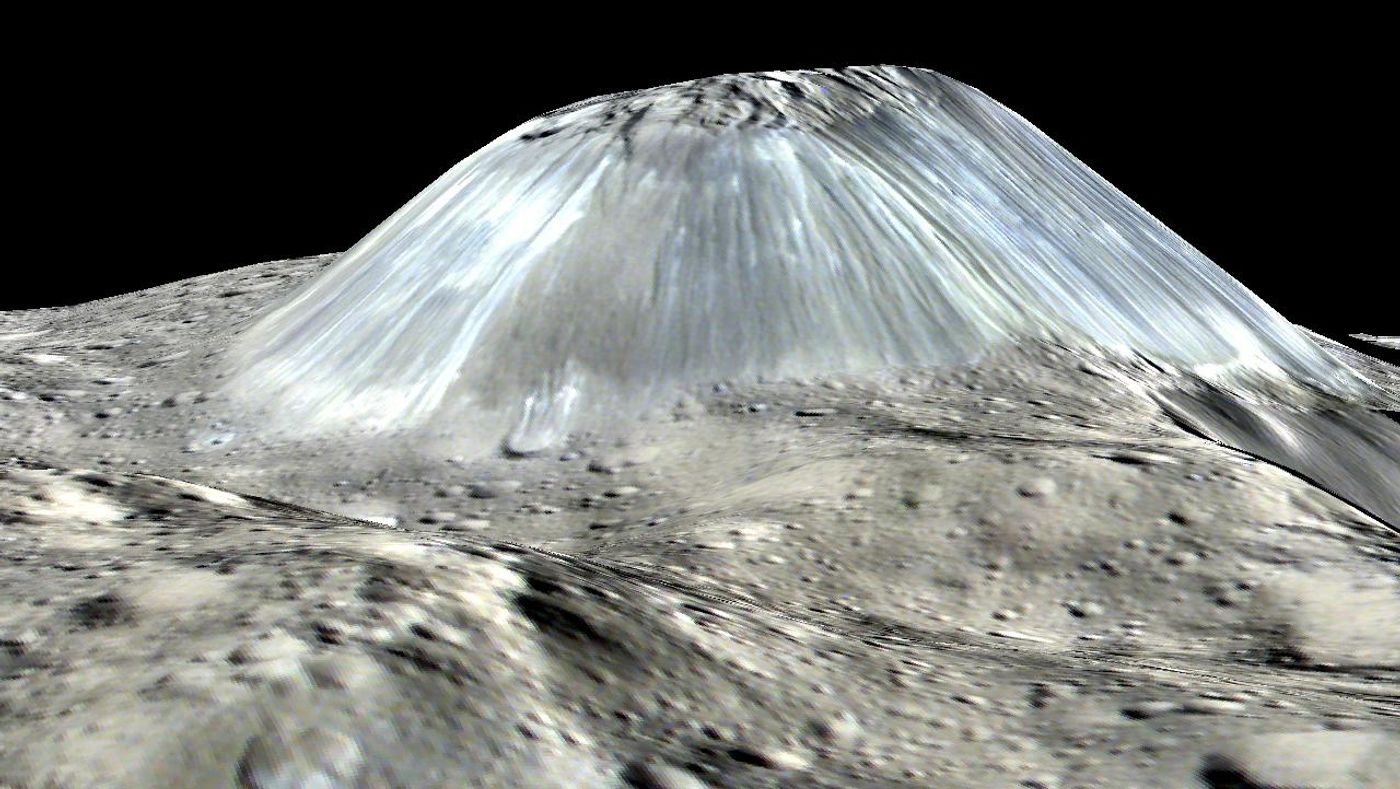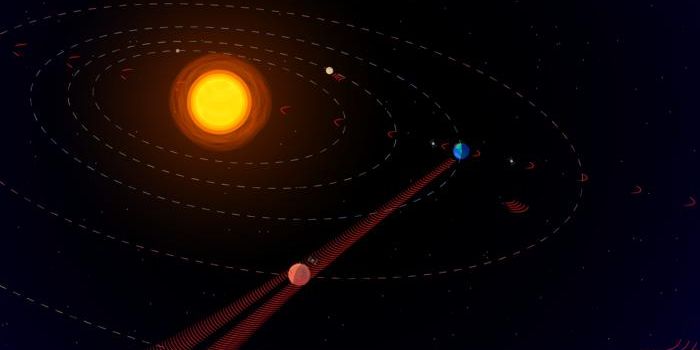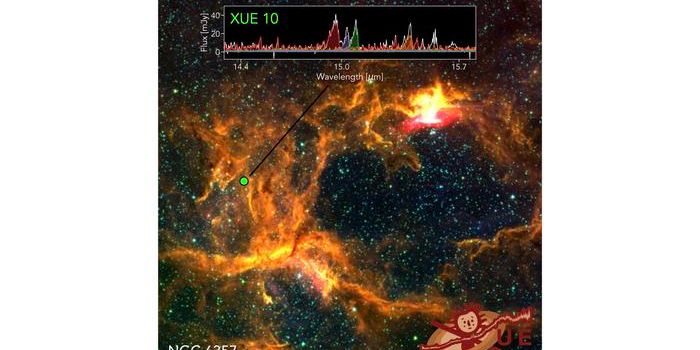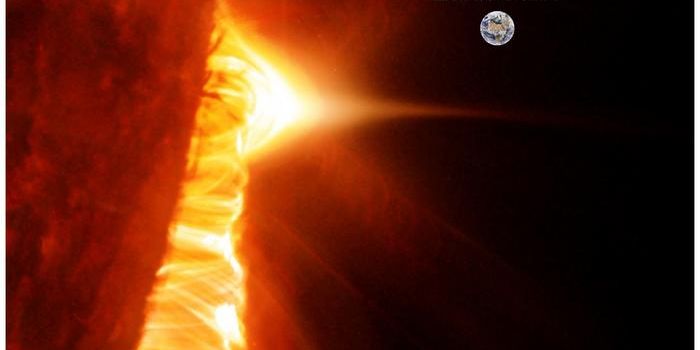Why Does Ceres Only Have One Ice Volcano?
Here on Earth, we have something called volcanoes. We think we understand them very well; they’re essentially vents for Earth’s underground networks of molten rock, and when the pressure down there builds up to be too high, it will all eventually start spewing out of a volcano.
On the other hand, there are several volcanoes on Earth; some exist on the rocky surface, and others are under the surface of our oceans. Whatever the case, there are certainly more than one.
It’s this exact logic that is causing confusion about a lone ice volcano on Ceres, a dwarf planet that resides in between Mars and Jupiter. Apparently, this lone ice volcano, which goes by the name of Ahuna Mons, is the only one to be found on the entire dwarf planet today, and it’s simply baffling the minds of scientists. It makes no sense for Ceres to have just one ice volcano, and some experts think that it wasn’t always alone.
Image Credit: NASA
Reporting in the Geophysical Research Letters, a group of researchers led by Michael M. Sori from the University of Arizona in Tucson explain that Ceres might have once had many ice volcanos, but they vanish from time to time.
“Imagine if there was just one volcano on all of Earth,” Sori said. “That would be puzzling. We think we have a very good case that there have been lots of cryovolcanoes on Ceres but they have deformed.”
The researchers point directly at the steep sides of Ahuna Mons as evidence for two likely scenarios that would explain why it exists in solitude: 1) the ice volcano exists alone because it was only just recently formed, or 2) it’s alone because a process on Ceres repeatedly wears down ice volcanoes and just happens to have left this one behind.
Whenever we see smooth or steep structures on Earth, such as canyons, we understand that weathering can have an impact on how they turn out, on the other hand, Ceres doesn’t have an atmosphere, so weathering isn’t possible. Another way for similar structures to form on Earth is from flowing water, in which the water will carve its own crevices into structures over time. But is there any flowing water on Ceres like here on Earth? I would certainly not seem that way.
On the other hand, Ceres may exhibit viscous relaxation, which is a process where even some solids can flow. The property of viscous relaxation can be observed in frozen ice (glaciers) and many other examples on Earth, and as the statement from the researchers points out, if you were to take a frozen block of honey and let it sit, it would eventually flatten out over time due to this process.
Since Ceres’ ice volcanoes are, well… ice, this would explain why Ahuna Mons appears to be the last remaining ice volcano; perhaps the rest of them have already flattened out and become harder to find. This process wouldn’t be too difficult considering that Ceres isn’t too far away from the Sun, a source of heat that can melt ice.
To be affected by viscous relaxation, Ahuna Mons would need to be composed of around 40% water ice. Even at these rates, the researchers were able to use computer models, to find that viscous relaxation would cause Ceres’ ice volcanoes to shrink by 30-160 feet every million years or so. At this rate, ice volcanoes can literally disappear from the face of Ceres in a scale of hundreds of millions of years or billions of years.
Since Ahuna Mons is 200 million years old, viscous relaxation could explain the super-smooth sides of the ice volcano, but since it’s relatively young, much more time would have to pass for the ice volcano to vanish completely.
On the other hand, in order for the team to really prove that their theory holds any water, they will have to try and find the remains of older ice volcanoes that no longer exist on Ceres to compare to the last man standing.
It should be interesting to see what future studies will bring in terms of why this appears to be the only remaining ice volcano on Ceres. Even if Ahuna Mons really is the only ice volcano that ever existed on Ceres, this research will take us one step closer to unraveling the mystery.









